#IAMAMAZONIA
TEAM
We seek to unite the global and local community in the fight against the climate crisis, by planting trees with indigenous communities in the most important ecological sanctuary on the planet, the Amazon rainforest.
#IAMAMAZONIA
What do we do?
Saving The Amazon seeks to unite the global and local community in a campaign to combat the climate crisis by planting trees with indigenous communities in the most important ecological sanctuary on the planet, the Amazon rainforest.
#IAMAMAZONIA
Tree species that we plant

Aguacatillo

Avina de Puño

Avina

Baboso

Cabo de Hacha
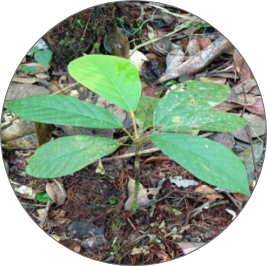
Cacao de Monte

Carguero Rastrojo

Fariñero

Ivapichuna
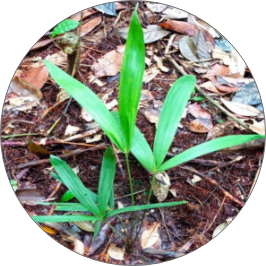
Ivacaba

Loiro

Mirapiranga

Molinillo
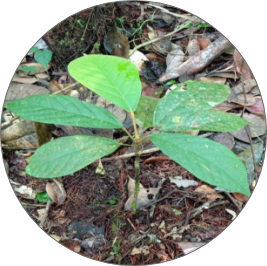
Palma Pataba

Siringa

Siringa Sabaneta

Wasoco

Wasay
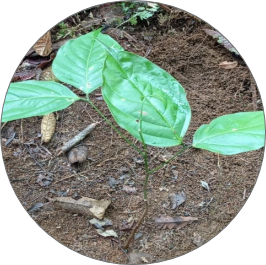
Yaca Yaca

Acaricuara

Orejero

Sangre Gallina

Palo Astilla

Ñambo

Acaricuara hoja grande

Arrayan

Guamo
#IAMAMAZONIA
Sustainable development goals
For Saving The Amazon, aligning with the SDGs has allowed us to quantify the impact generated and to have a clear guideline of where to work to change the rules of the game and achieve a lasting and sustainable result.
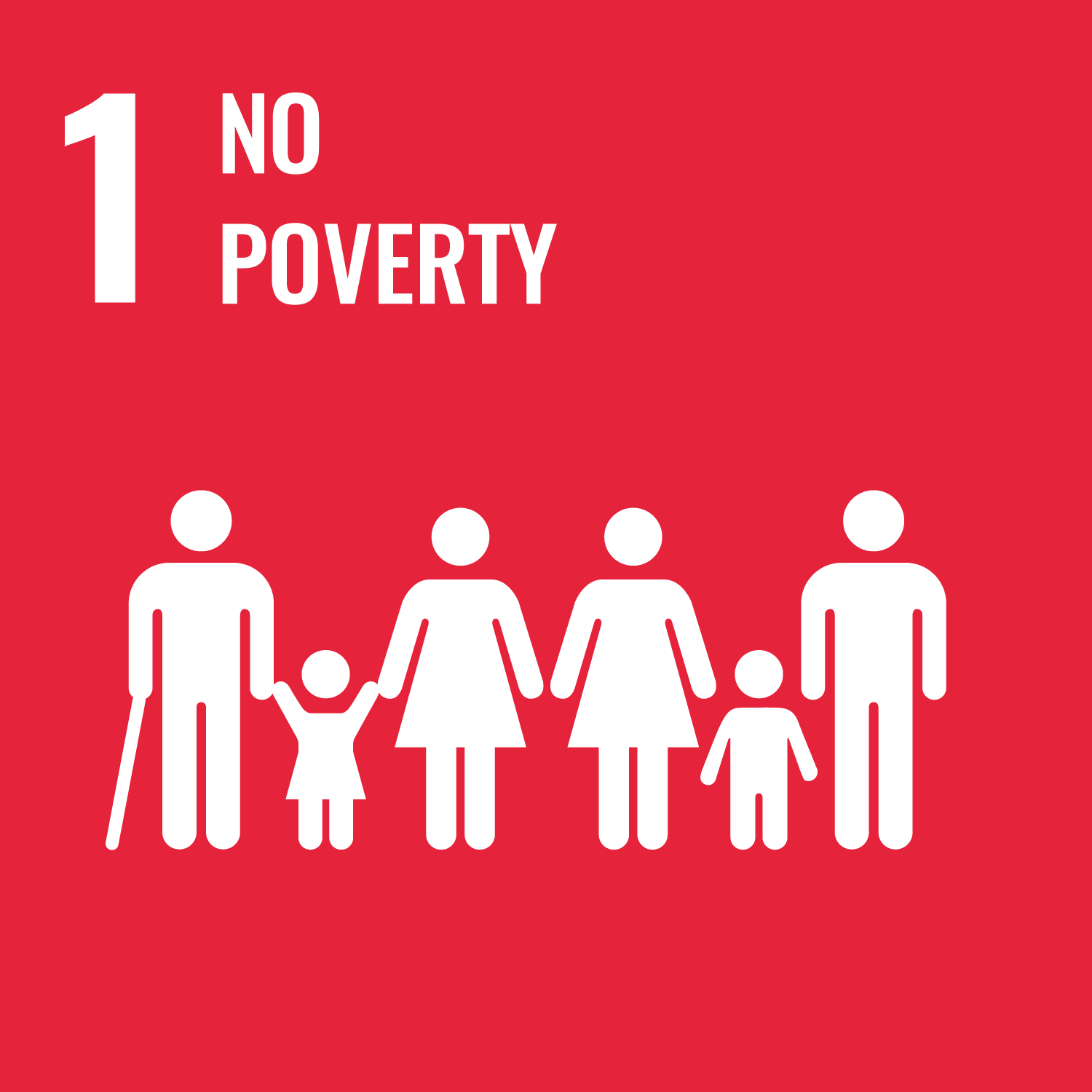


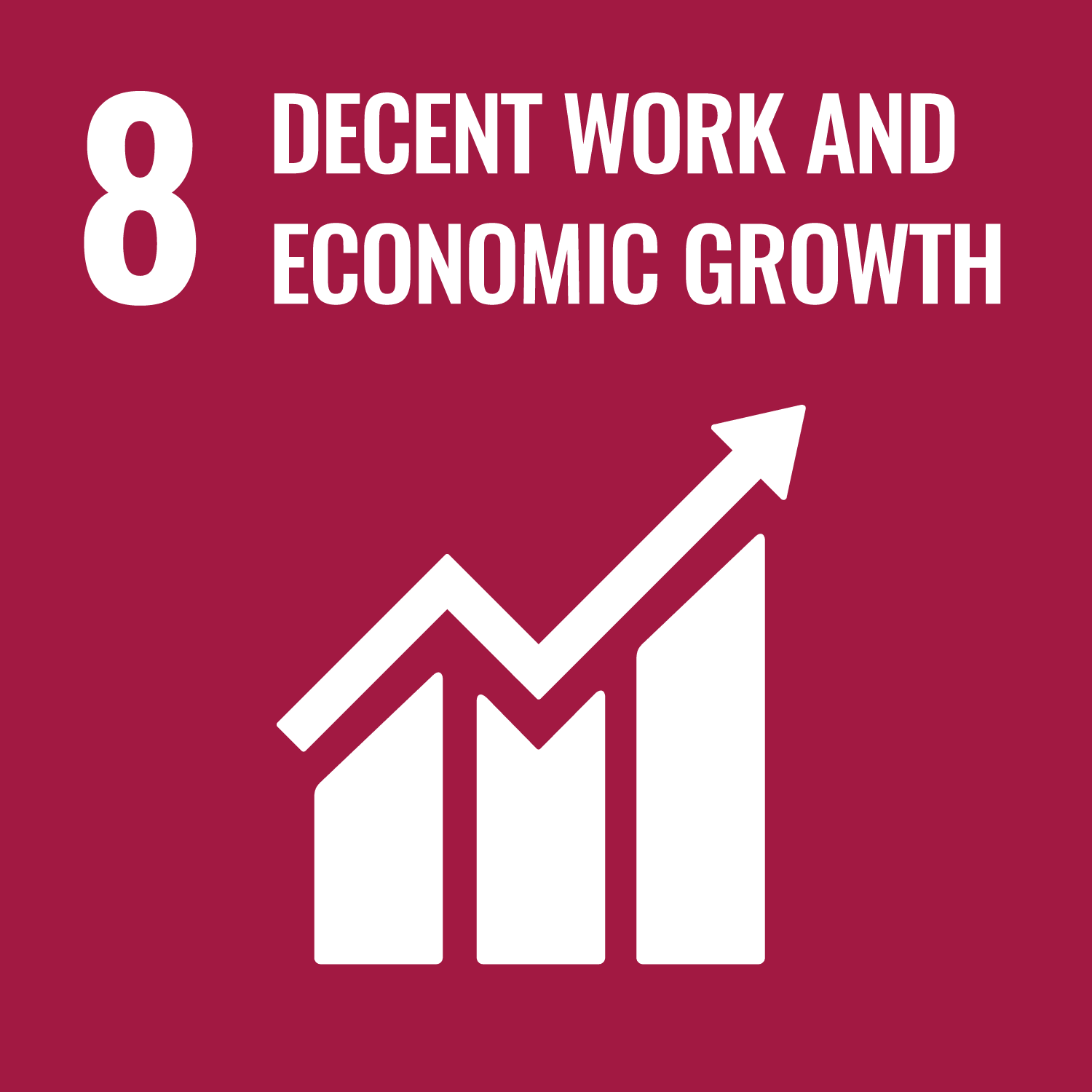
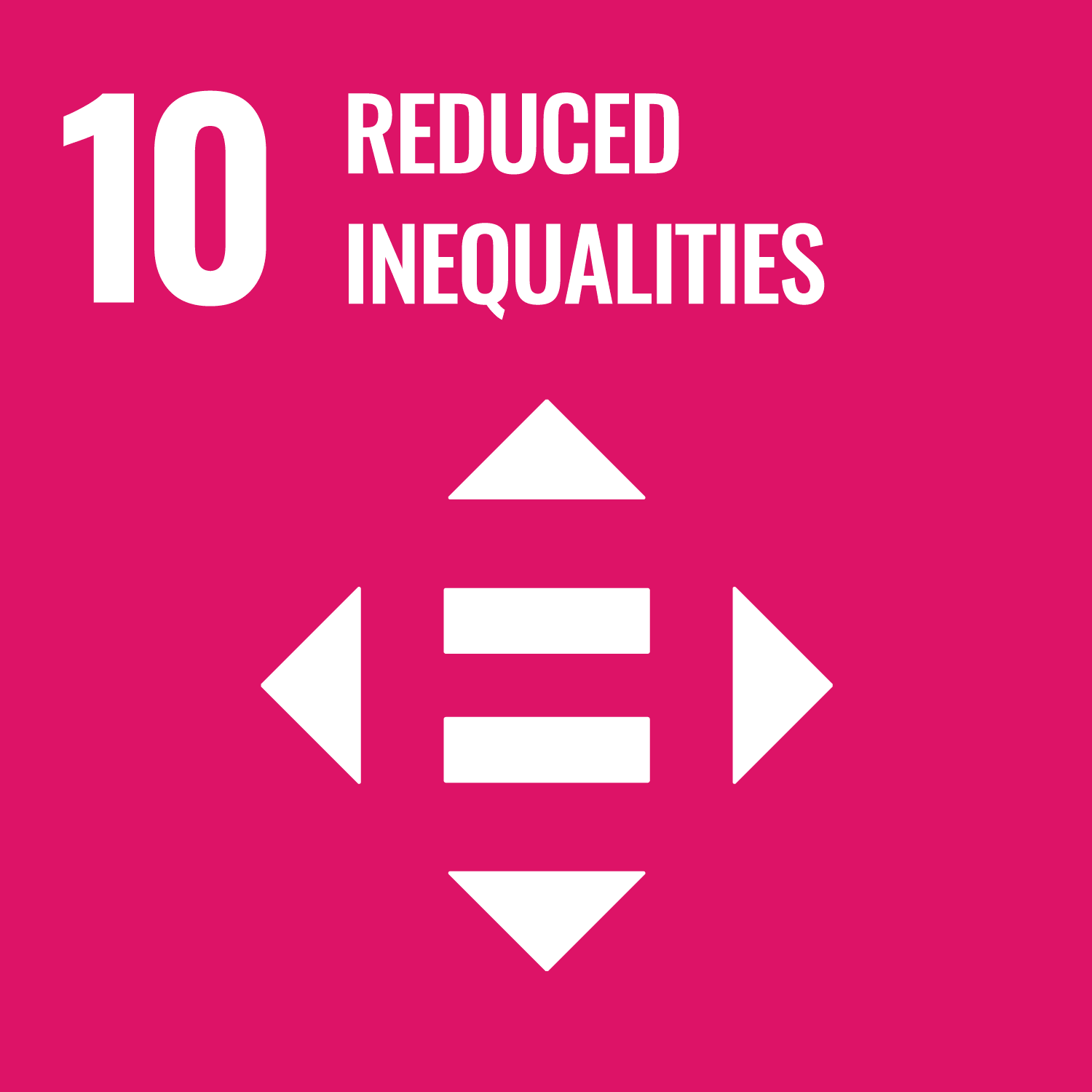
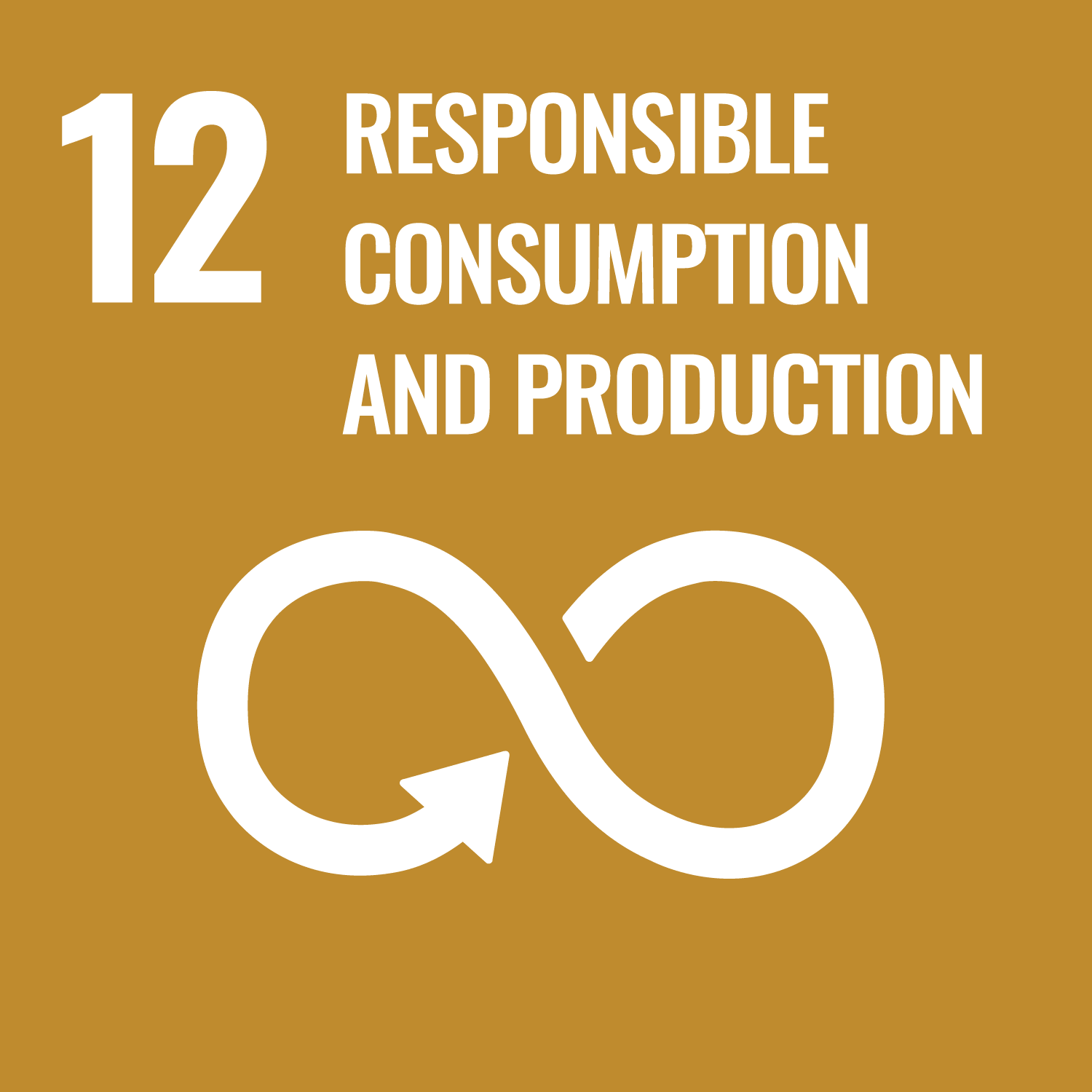
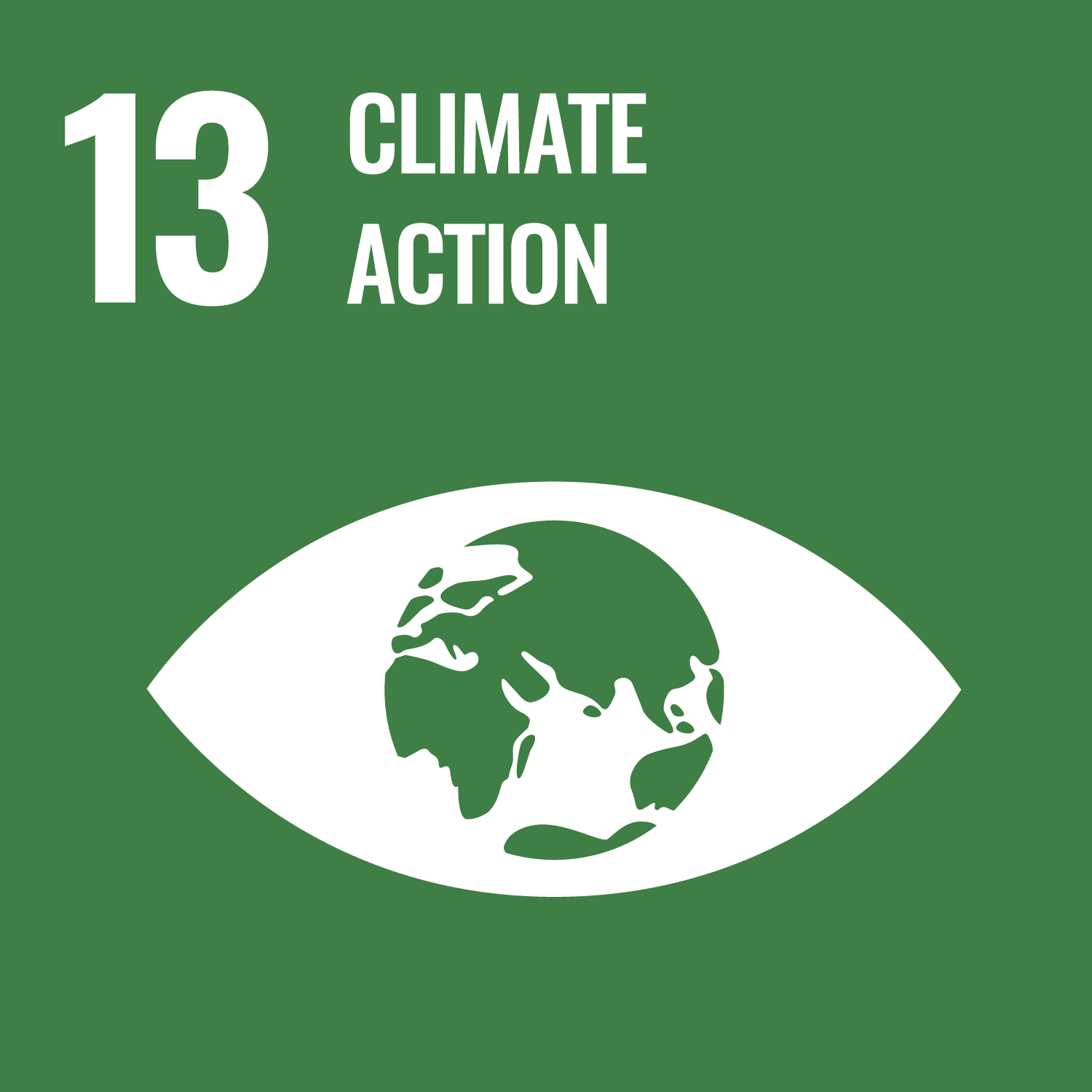
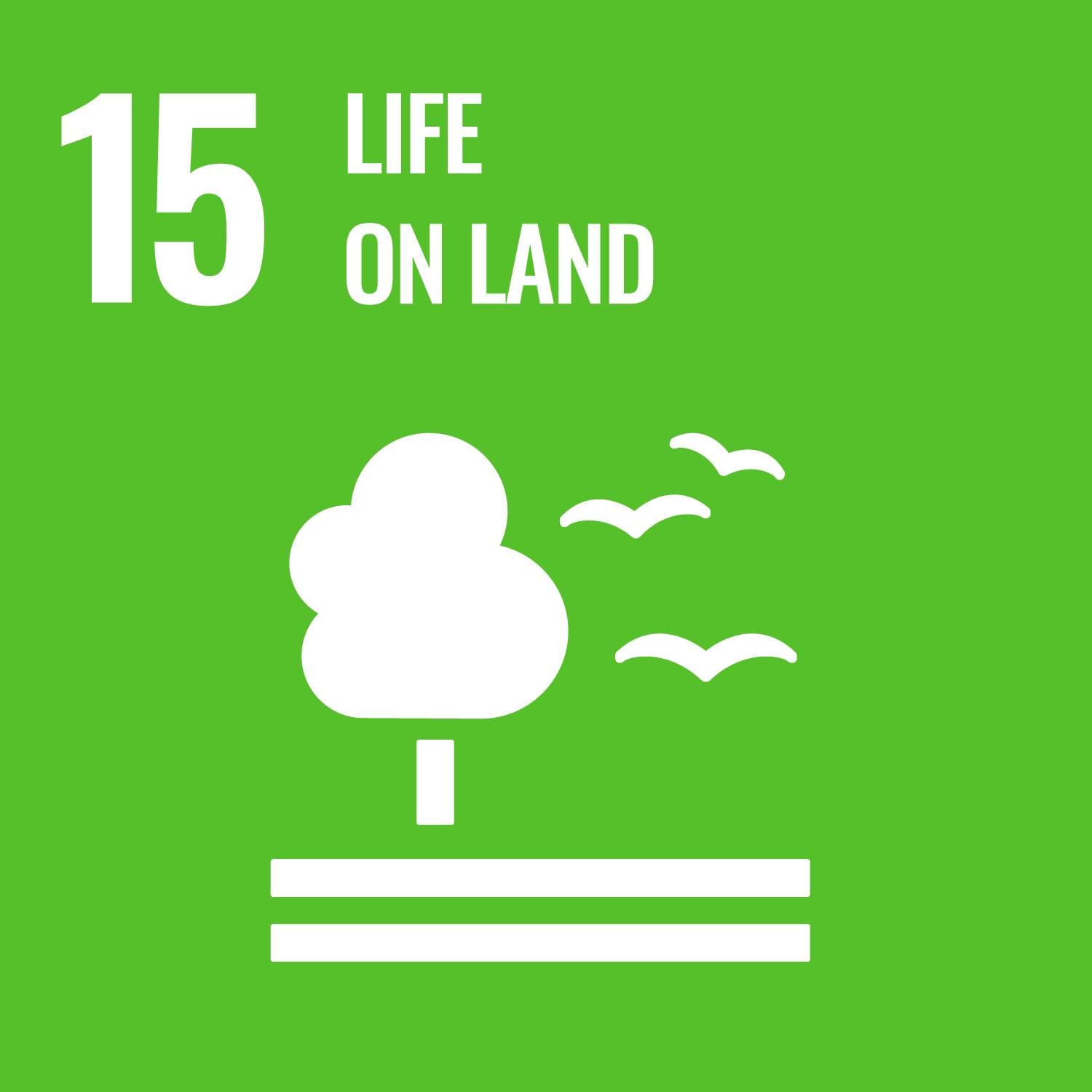
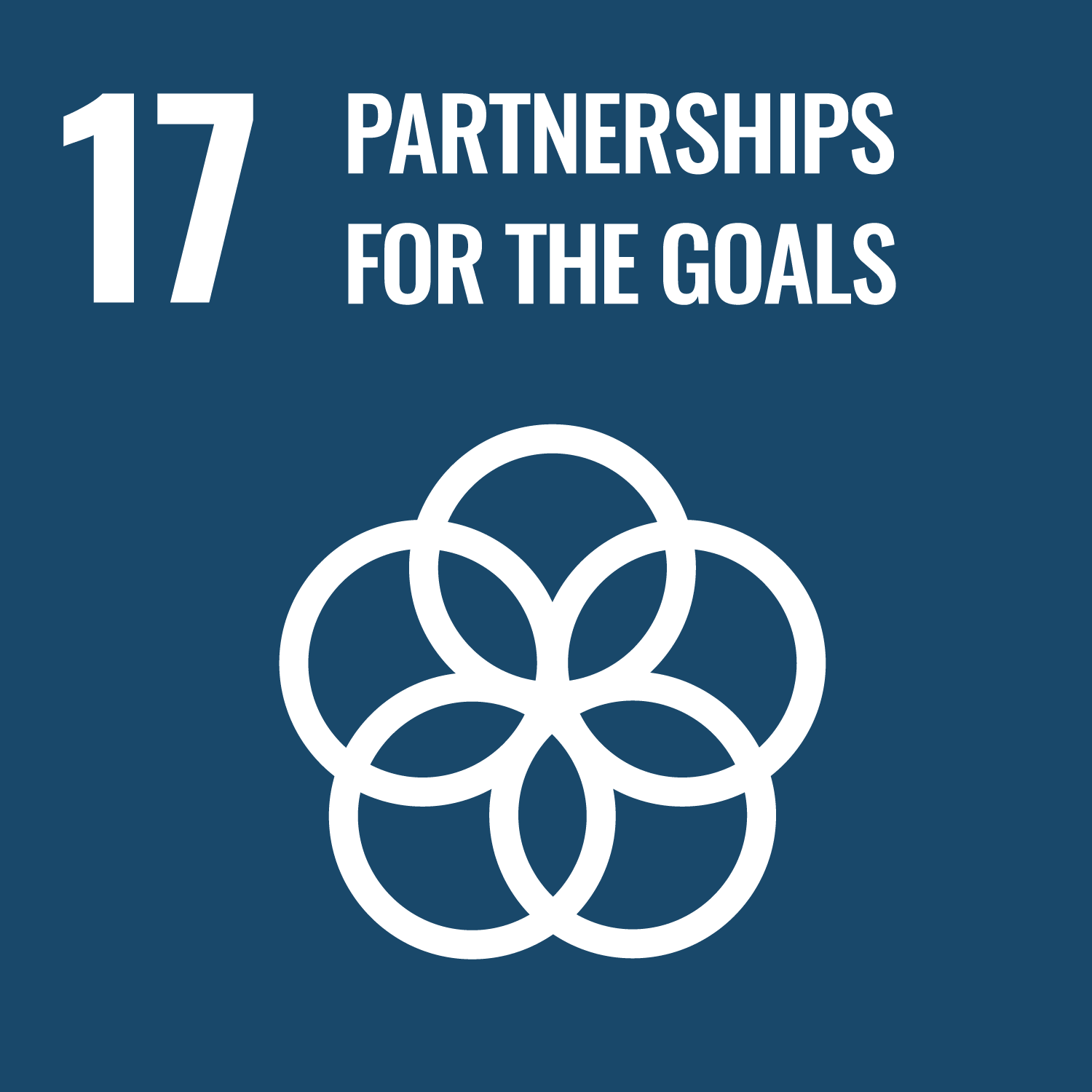
#IAMAMAZONIA
OUR COMMUNITIES
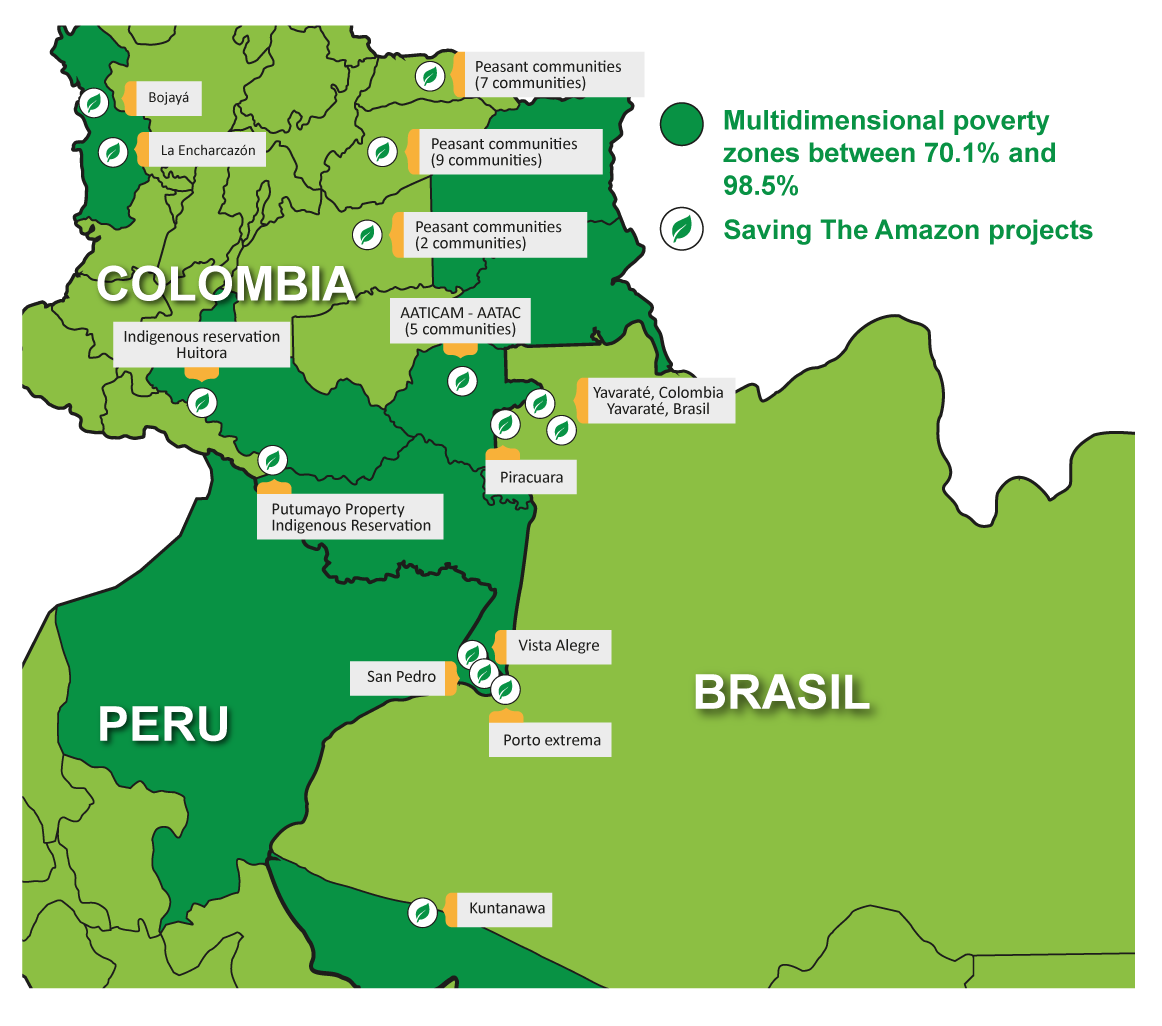
Community
Vaupes
Tayazú
This community belonging to the Wanano ethnic group is located two hours forty-five minutes from the department’s capital, it can be reached by land or by water through the Vaupés river. This community has been characterized by its creative drive. The members of the Tayazú community are expert builders, desired by neighboring communities for their great ability in the development of houses and malocas of an ancestral and modern type. In this community the mixture of architectural styles are the living proof of the harmony that can come to be between different peoples and times.

Vaupes
-
Tayazú
-
Santa Cruz
-
Trubón
-
Timbo
-
Yavaraté (Colombia-Brasil)
Caqueta
-
Resguardo indígena Huitorá
-
Resguardo Indígena Puerto Zábalo y los monos
Choco
-
La Encharcazón
-
Bojayá
Putumayo
-
Resguardo Indígena Predio Putumayo
This community belonging to the Wanano ethnic group is located two hours forty-five minutes from the department’s capital, it can be reached by land or by water through the Vaupés river. This community has been characterized by its creative drive. The members of the Tayazú community are expert builders, desired by neighboring communities for their great ability in the development of houses and malocas of an ancestral and modern type. In this community the mixture of architectural styles are the living proof of the harmony that can come to be between different peoples and times.




This community has accessibility by water and by land, belonging to the Wanano, Cubeo and Syrian ethnic groups, located two and a half hours from the capital of the Mitú department and is made up of 40 families. This community is currently in the process of rediscovering its roots, as they have realized that all the interaction they are having with the outside world is separating them from their ancestral cultures; young people have migrated to the main cities of the country to study and seek new horizons. For these reasons, community members are recording their customs and traditions, through books and documents they are ensuring that their descent, beliefs and culture are not lost over time.




Indigenous community belonging to the Cubeo ethnic group of the great Vaupés indigenous reservation. This community is made up of 35 families and is located one hour from the capital Mitu on the banks of the Vaupés River. This millennial river has allowed these communities, not only to feed themselves, but also to have a deep connection with their territory and to be a point of reference for all their planning. This community stands out for its interest in the manufacture of handicrafts, a tradition that has been maintained through the years. So much so that children and young people make small crafts and have begun to innovate in these elements, since for this community maintaining their cultural rites has become essential to affirm their identity as Amazonian indigenous people.

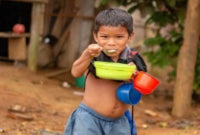


Indigenous community belonging to the Cubeo ethnic group of the great Vaupés indigenous reservation. This community is made up of 15 families located two hours from its capital. Mitú was established on the banks of the Vaupés River. This community has been noted for the enormous leadership that its members show. This community has understood the need to become empowered and to develop organizations in order to provide more and more well-being to the community and that Vaupés ceases to be the most forgotten department in Colombia. Members of the Timbó community have held positions as important as the government of Vaupés and have served as presidents of indigenous associations




Indigenous community made up of 6 families located at the mouth of the Papuri river to the Vaupés river, on the border with Brazil, a community of diverse ethnic groups such as Wanano, Desano, Piratapuyo, belonging to the Yavarate township, Vaupés department, its members have occupied Living their indigenous traditions and taking care of their territory, they received with great enthusiasm the Saving The Amazon tree planting project on September 01, 2019.



Indigenous community made up of 18 families located on the left bank of the Caquetá river, belonging to the municipality of Solano, department of Caquetá, this community because it is closer to the urban centers of the Tagua township, Leguizamo port and the same municipality of Solano, Its members have been engaged in livestock work, construction and daily work, however they received with great enthusiasm the Saving The Amazon tree planting project on October 26, 2019.




JERUSALEN COMMUNITY: Community made up of 11 indigenous families, settled on the banks of the Caquetá river, belonging to the municipality of Solano, department of Caquetá, bordering the Amazon. Community which survives with its indigenous traditional knowledge and ancestral customs of the jungle they inhabit. When socializing the project of planting native trees with the Saving The Amazon Foundation, they showed great interest and absolute participation, since they do not have any economic income for conservation or reforestation work in the Amazon jungle. This is how we started planting on March 1, 2020.
QUINCHE COMMUNITY: Community made up of 6 indigenous families, settled on the banks of the Caquetá river, belonging to the municipality of Solano, department of Caquetá, bordering the Amazon. Community dedicated mainly to fishing as a means of subsistence, when we met and told them about the project of planting native trees in their territories that supply food and ancestral medicine, they showed absolute interest and immediate participation, this is how we started planting work on 2 March 2020.
LOS ESTRECHOS COMMUNITY: Indigenous community made up of 19 families located on the banks of the Caquetá river, belonging to the municipality of Solano, department of Caquetá, bordering the Amazon. This community is the largest in the resguardo and the most up-to-date with respect to environmental projects, since it is the pilot community named by the resguardo, its members work and subsist with trades such as fishing, forest exploitation and ancestral customs such as the manufacture of mambe for their sale. With them we started work first of all the previous communities on the date of October 28, 2019.




Encharcazon is not a common name, nor is it usual to know where it is, and who lives there. This is a district of the municipality of Rio Iró, located in the department of Chocó. Here the Chocoanos do not have much, but neither do they complain about the lack of money, food and living conditions. On the contrary, the vast majority of them thank life, the mountains, and God because in the midst of so much poverty, they are happy. All the inhabitants of Encharcazón have something in common, they are victims of the war in Colombia. All of them lived in places close to this township, but ended up populating this remote part of the world due to the forced displacement by armed groups. Everyone had to say goodbye to the good life they lived on their farms subsisting on agriculture and the countryside, to start from scratch in a small town with few resources but full of friendly people, smiling faces, welcoming landscapes.




The history of Bojayá is known to most of all Colombians. The old Bellavista is almost a ghost town, with lags left by the cylinder bomb thrown during the confrontation between the AUC and the FARC, when it fell on the church that was sheltering a large part of the population on May 2, 2002. The church, some houses, a school, some courts. All these spaces are being consumed by the jungle, disappearing between abandonment and the force of nature. Given the conditions, La Nueva Bellavista was built. As its name implies, it is a new town full of hope and people hurt by the conflict, but with all the courage to get ahead. Everyone in this town learned to be happy despite having lost friends, students, and family in the attack more than a decade ago, and today they thank God for life and pray to him for a country in Peace.

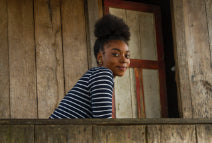


UMANCIA COMMUNITY: Community made up of 25 families established on the banks of the Caquetá river on the right bank, belonging to the municipality of Puerto Leguizamo, department of Putumayo, its members subsist on fishing, forest harvesting in their community, therefore, they received with open arms the project of the Saving The Amazon Foundation, planting native trees on March 3, 2020.
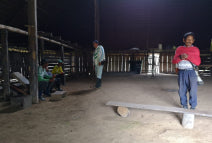


#IAMAMAZONIA
Transparency and access to information

Saving The Amazon makes available to citizens us and interested, the new section of Transparency and Access to Information where they will be able to learn about mere hand information from Saving The Amazon. On this site is provided and facilitates access to it in the broadest possible terms at the time. We appreciate treating this information with the same careful with which it is provided.
Thank you.
 Daniel Gutiérrez
Director
saving the amazon foundation
Daniel Gutiérrez
Director
saving the amazon foundation
1. TRANSPARENCY
2. MEMORIES
- Statement of financial position - Year 2015
- Statement of financial position - Year 2016
- Statement of financial position - Year 2017
- Statement of financial position - Year 2018
- Statement of financial position - Year 2019
- Statement of financial position - Year 2020
- Statement of financial position - Year 2021
- Statement of financial position - Year 2022
3. IMPACT
33
Communities Impacted
+642.603
Trees planted
+696.011
Tons of CO2 captured
350
Families assisted


